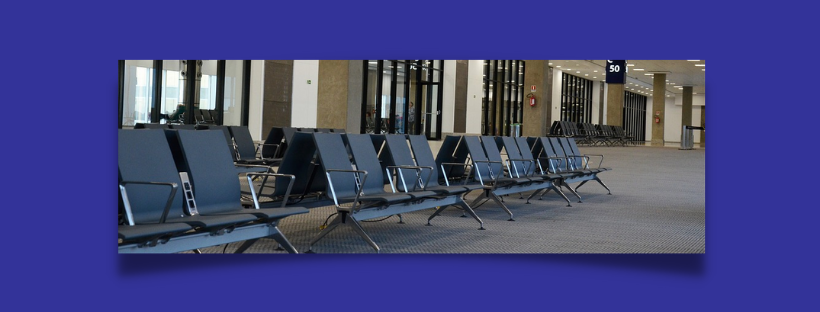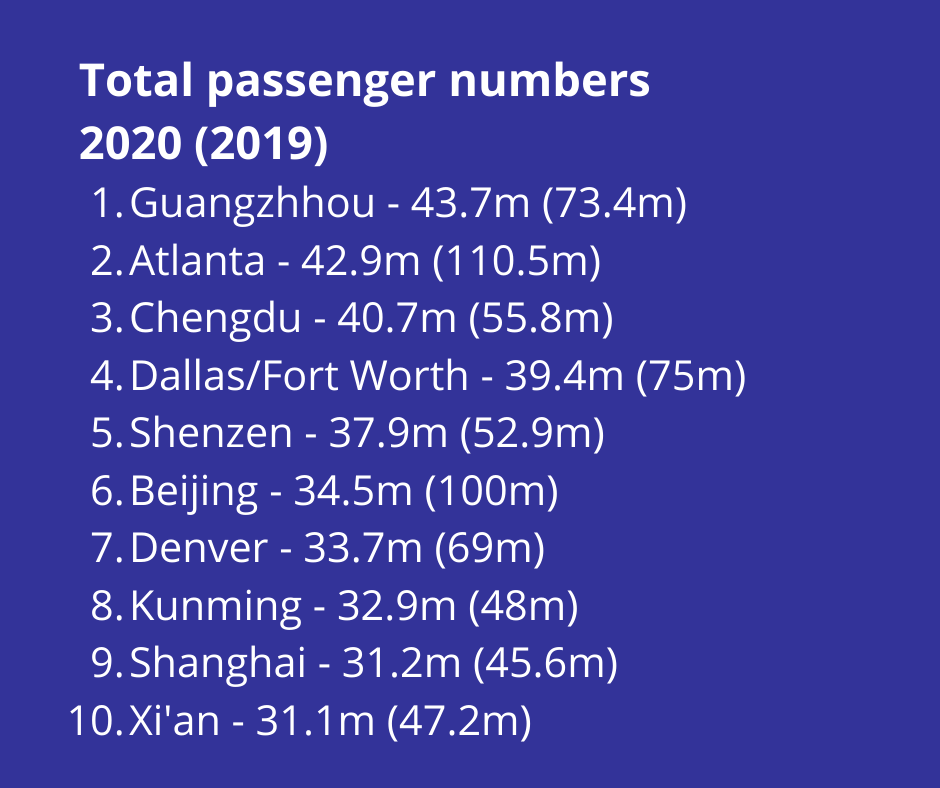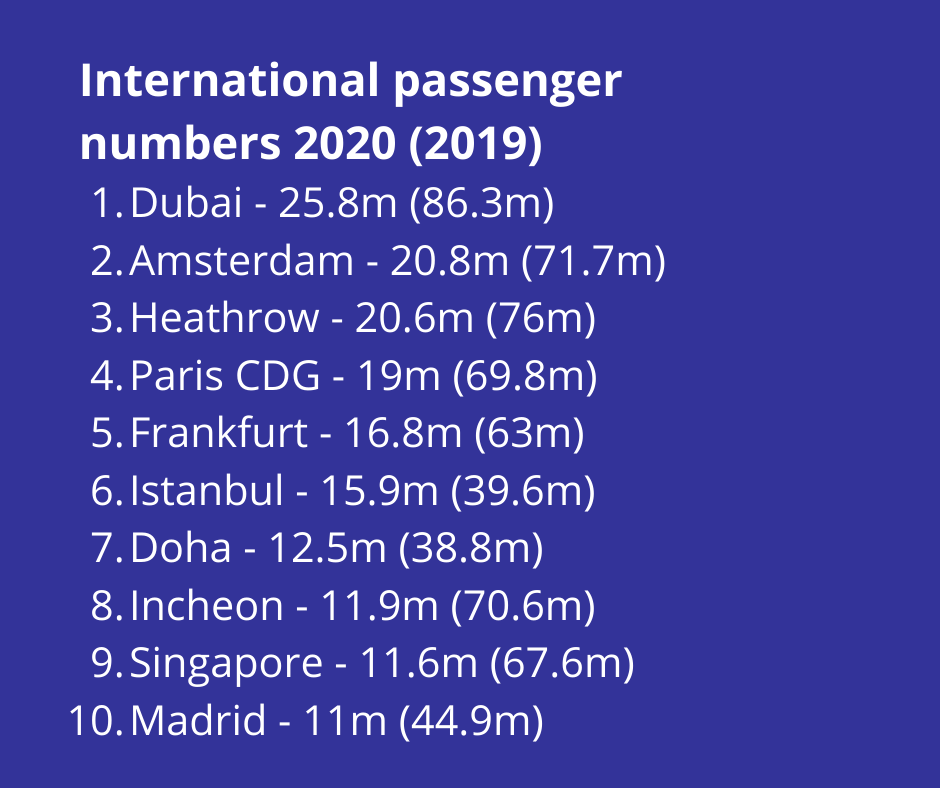KLM unveils Southampton to Schiphol evening flights
In a bid to offer greater flexibility to business and leisure travellers, KLM is set to introduce a new daily evening service between Southampton and Schiphol Airport starting from Sunday, 31st March.
This latest addition will complement KLM’s existing daily morning and evening services from Southampton.
The evening flights, operated by KLM’s modern Embraer aircraft fleet, are scheduled as follows:
- Departure from Amsterdam (AMS): 19:00
- Arrival at Southampton (SOU): 19:10
- Departure from Southampton (SOU): 19:40
- Arrival at Amsterdam (AMS): 21:50
This move aims to provide passengers with an extended range of options to connect with one of Europe’s busiest hub airports. Southampton Airport, having recently completed a £17-million runway extension, continues to grow and improve its connectivity.
Christopher Tibbett, Head of Airline Relations and Marketing for Southampton Airport, expressed enthusiasm about the addition of the evening service, stating,
The additional service will be welcomed not only by passengers traveling to the Dutch capital but also by those wishing to travel globally to one of 332 direct destinations in 97 countries served by one of Europe’s most popular hub airports.
This new service follows the successful completion of the runway extension program in August last year, with Glasgow and Belfast already enjoying new connections. Furthermore, exciting announcements for summer include flights to popular destinations such as Mallorca, Alicante and Faro.
For UK-based business travellers seeking increased options and seamless connectivity, this enhancement is a testament to KLM’s commitment to serving the needs of its passengers. As Southampton Airport continues to expand its offerings, this additional evening service further cements its position as a key player in the regional travel landscape.
To explore how this new service can benefit your business travel plans or for more information, reach out to your Global Travel Account Manager.













